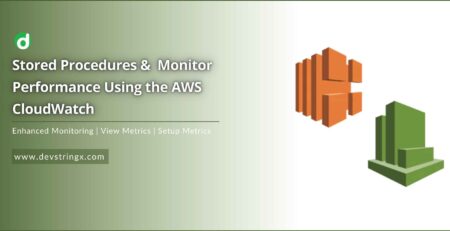What Is Access Management and How Can It Be Evaluated? – DS
What Is Access Management (AM)?
Access management is the method used to identify, keep track of, control, and manage the access of defined or authorized users to a platform, application, or other IT component. Applications and IT systems can be accessed using it to authenticate, authorize, and audit access. Between people, software services, and data, a security layer is created.
Application of Access Management
The following are a few applications for access management:
- Access to apps is made easier by authenticating, authorizing, and reviewing access.
- It guarantees that the proper user has access to the proper resources.
- Controlling important information inside the organization is aided by it as well.
User Authentication Methods
To be authorized, each user must provide the server with identification documentation. Users may verify their identities by:
- MFA (multi-factor authentication), a password, a pin, a security question, etc
- A physical key, a smart card, or an access card
- Static Biometrics (Facial Recognition, Retina, or Fingerprints)
- Voice modulation
Good Read:- How to Setup AWS EC2 Ubuntu Instance?
Different Forms of Authentication Vulnerabilities
Logic or coding errors can lead to authentication process vulnerabilities and authentication process vulnerabilities can lead to a variety of security issues, including hostile activity in the application.
The following are the most frequent problems with authentication:-
-
Insecure Password
Dictionary assaults are a technique that hackers might use to attempt numerous password combinations before finding the right one. Passwords that are simple to guess shouldn’t be permitted by the application.
-
HTTP Authentication in Weak Form
The user name and password are supplied with the HTTP request when the application uses simple web authentication. From URL strings, hackers can quickly obtain the account and password.
-
SQL Injection
If the database is not properly protected, SQL injection can take data from it. In order to modify or steal important data, attackers can send malicious SQL code with the input.
-
Not Encrypted Parameters in the URL
We include sensitive data in application URL strings, such as customer id, quote id, etc., when a user session is created. Because hackers may exploit this information and replace it with random values, we need to make sure that all of these URL values are encrypted.
-
Access Control Attack Types
The many access control attacks that hackers employ include the followings:
-
Spoofing or Phishing Emails
-
Pretexting
Here, attackers can pose as someone else and prey on victims by posing as them while requesting personal information.
- WordsAttacks Involving Pass
There are several ways that attackers can enter a system by using random dictionary passwords. Bypassing admin security in this way makes the whole system vulnerable.
Good to Read:- Quick Steps that Help to Create & Store Data in AWS S3 Bucket
Conclusion
We can avoid such security breaches if we apply broken access control tests, but access control assaults can still be harmful to a person through identity theft or other fraudulent uses of the information.














